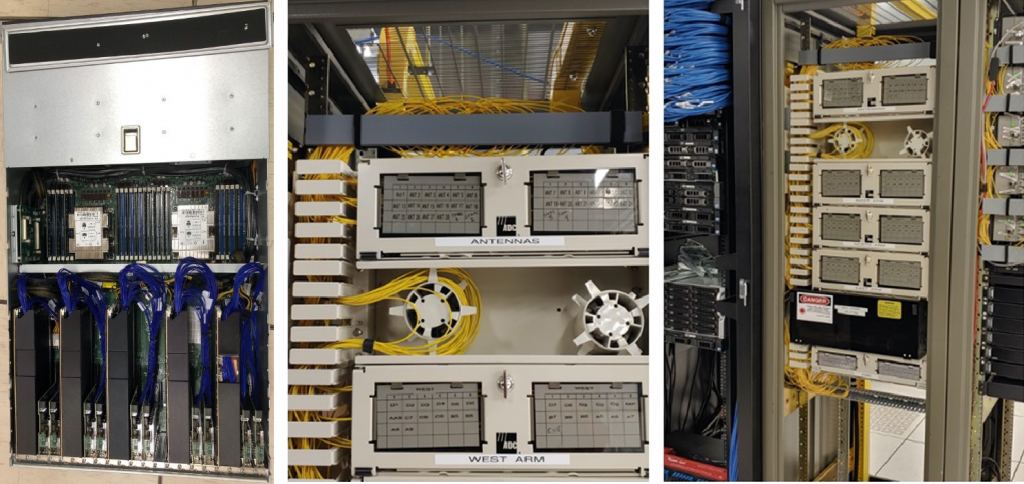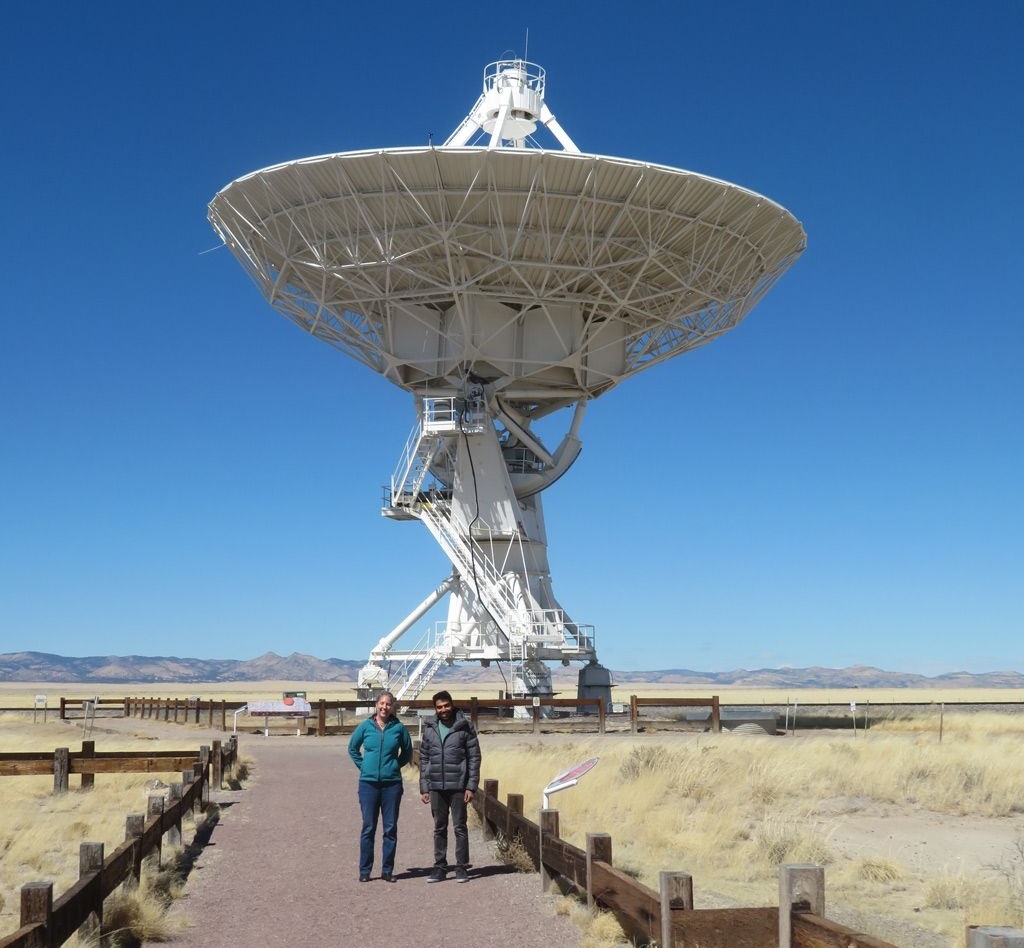On February 14th, 2020, the SETI Insitute and the National Radio Astronomy Observatory (NRAO) announced a new partnership, which they appropriately named the Commensal Open-Source Multimode Interferometer Cluster Search for Extraterrestrial Intelligence (COSMIC SETI). This partnership will allow the Karl G. Jansky Very Large Array (VLA) to participate in the Search for Extraterrestrial Intelligence (SETI) for the first time in its history.
In recent weeks, the project took a big step forward with the installation of fiber optic amplifiers and splitters on all VLA antennas, which give COSMIC access to the data streams from the entire VLA. Once this digital backend is online, COSMIC will have access to all data provided by the VLAs 27 radio antennas, which will be able to conduct observations 24/7. In the process, COSMIC SETI will examine around 40 million stars in the Milky Way for possible signs of intelligent life.
Located in the deserts of New Mexico, the Karl G. Jansky Very Large Array is the world's largest radio telescope array capable of operating at microwave frequencies. It was featured in the 1997 film " Contact " (based on the original novel by Carl Sagan), where Dr. Eleanor Arroway (played by Jodie Foster) and her colleagues received the first extraterrestrial communication. Interestingly enough, the VLA has never been part of a SETI effort in real life, but that's about to change.
Jack Hickish, Digital Instrumentation Lead for COSMIC SETI, explained in a SETI Institute press release:
“Having all the VLA digital signals available to the COSMIC system is a major milestone, involving close collaboration with the NRAO VLA engineering team to ensure that the addition of the COSMIC hardware doesn’t in any way adversely affect existing VLA infrastructure.
"It is fantastic to have overcome the challenges of prototyping, testing, procurement, and installation – all conducted during both a global pandemic and semiconductor shortage – and we are excited to be able to move on to the next task of processing the many Tb/s of data to which we now have access.”
As part of this collaborative effort, the VLA will conduct observations while SETI Institute scientists will analyze that data to look for evidence of technological activity (aka. "technosignatures"). The VLA offers many important capabilities for SETI, not the least of which are its size. Each of its 27 antennas measures 25 m (82 ft) in diameter, yielding a collecting area equivalent to a single-dish antenna measuring 130 m (426 ft) in diameter.
This surface area and large amounts of metal mesh allow for almost unparalleled sensitivity levels, which is always a plus for SETI surveys (where signals are likely to be weak). In addition, each VLA antenna has eight cryogenically cooled receivers that continuously monitor the sky at frequencies ranging from 1 to 50 GHz in the radio spectrum. Some receivers can operate between 1 GHz and 54 MHz, corresponding with frequencies used for television broadcasts.
To exploit these capabilities, engineers at the VLA have installed a "splitter" that feeds a copy of the data stream provided by the VLA's 27 antennas to locally-installed SETI equipment. This equipment consists of software and hardware that computes 64 different beams, which sorts cosmic static into hundreds of millions of narrow-band frequency channels. Said Cherry Ng, a SETI Institute COSMIC Project Scientist:
“I am excited by the ability of COSMIC to conduct the most comprehensive technosignature search ever in the Northern Hemisphere. We will be able to monitor millions of stars with a sensitivity high enough to detect an Arecibo-like transmitter out to a distance of 25 parsecs (81 light-years), covering an observing frequency range from 230 MHz to 50 GHz, which includes many parts of the spectrum that have not yet been explored for ETI signals.”
The COSMIC SETI program, which is expected to be operational by early 2023, will observe around 40 star systems in our galaxy over two years. It will be the most comprehensive SETI survey undertaken in the Northern Hemisphere, a record previously held by Breakthrough Listen. Its first major observational campaign will be conducted in parallel with the ongoing VLA Sky Survey (VLASS), which relies on the VLA to survey 82% of the sky in the 2-4GHz S-bands.
"We look forward to partnering with the SETI Institute on this exciting initiative and are pleased to see this important milestone in the technical work that will make this new science possible," said NRAO Director Tony Beasley.
*Further Reading: SETI Institute*
 Universe Today
Universe Today


